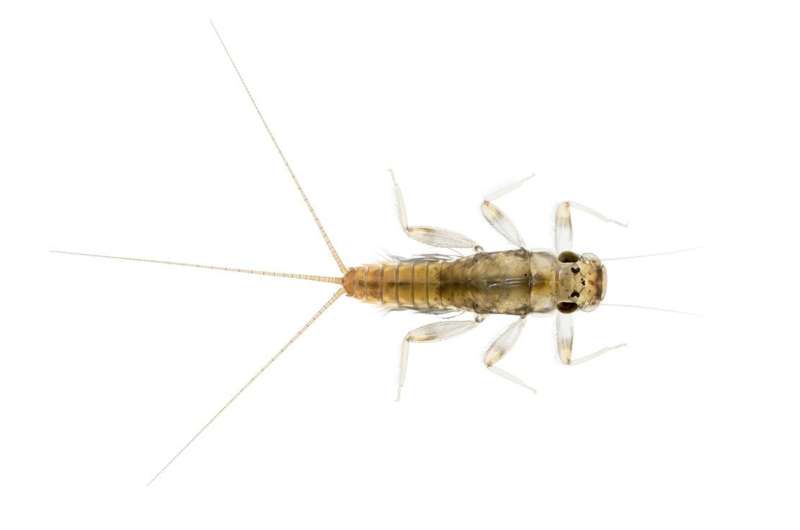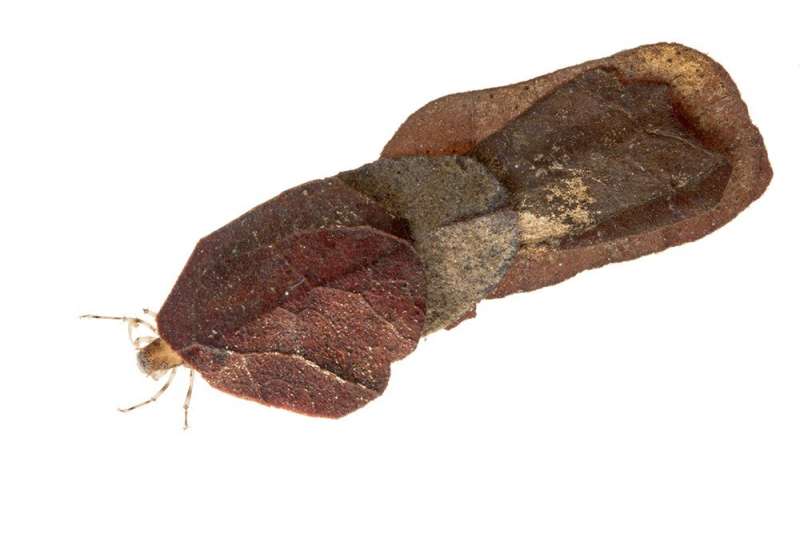Tropical mountain species in the crosshairs of climate change

Lack of varied seasons and temperatures in tropical mountains have led to species that are highly adapted to their narrow niches, creating the right conditions for new species to arise in these areas, according to a new study published in the Proceedings of the National Academy of Sciences.
Still, the same traits that make tropical mountains among the most biodiverse ecosystems on Earth also make the species that live there more vulnerable to rapid climate changes, the study finds.
The research compares rates of species evolution in three types of aquatic stream insects—mayflies (Ephemeroptera), stoneflies (Plecoptera) and caddisflies (Trichoptera) - in temperate and tropical mountain areas. The findings have implications for similar patterns in other tropical mountain species.
An interdisciplinary team of physiologists, geneticists and genomics specialists, population biologists and taxonomists from four universities gathered samples and data from mountain streams in the Colorado Rocky Mountains and in the Ecuadorian Andes over a two-year period.
"Because the tropics are not as seasonal as the more northern temperate zones, bugs in the tropics can't get too cold or too hot, and thus they have a narrow thermal breadth," said Kelly Zamudio, professor in the Department of Ecology and Evolutionary Biology at Cornell University, and a senior co-author of the study. "We also found that they move less up and down the side of the mountain, and there are more species [on tropical mountains] as a result. Nobody had tested all three of those patterns in the same system before."

The findings support and reveal the mechanisms behind a classic 1967 paper that predicted these dynamics.
Factors of temperature tolerance and range of movement also effect how species in each of these regions will respond to climate change. Because tropical species can't withstand large temperature shifts and have limited movement, they are much more susceptible to rapid temperature shifts due to anthropogenic climate change.
"It's really paradoxical that the same factors that lead to a lot of species are the factors that are going to endanger those species in the tropics," Zamudio said.
More information: Nicholas R. Polato et al, Narrow thermal tolerance and low dispersal drive higher speciation in tropical mountains, Proceedings of the National Academy of Sciences (2018). DOI: 10.1073/pnas.1809326115
Journal information: Proceedings of the National Academy of Sciences
Provided by Cornell University


















